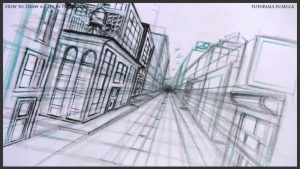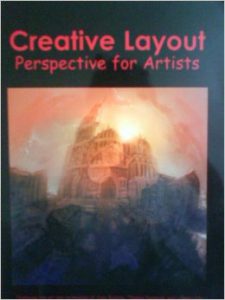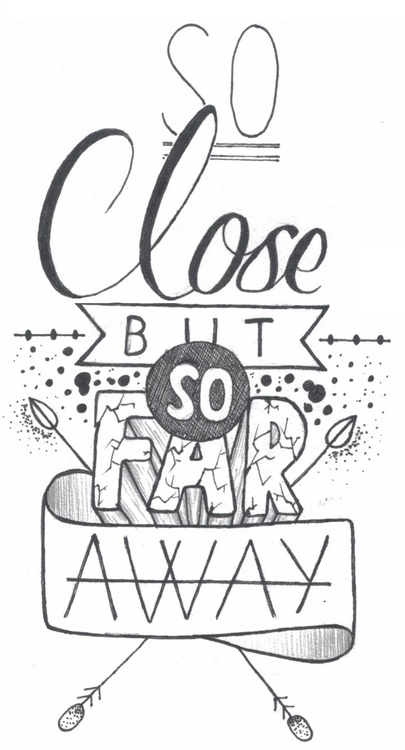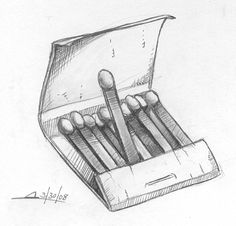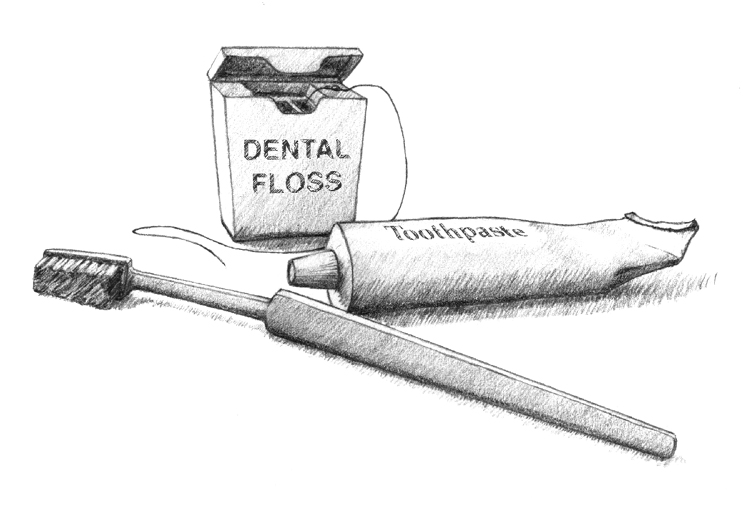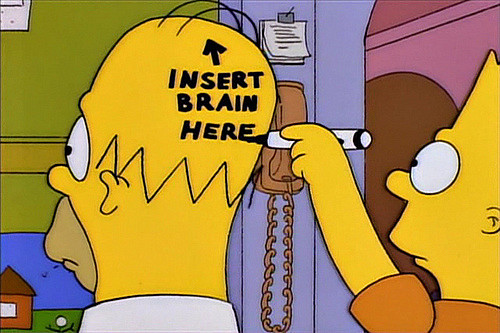Time Machine Assignment!
Using the methods we learned in class, draw a city scene of the PAST or the FUTURE in two-point perspective. Use reference images from the internet to help you fill in architectural details or inspire your ideas.
Tips…
Remember to always begin with the HORIZON LINE… then frame the composition… then establish your the VANISHING POINTS. Keep in mind your VANISHING POINTS DO NOT NEED TO BE WITHIN THE PICTURE PLANE.
Also be sure to do the reading CHAPTER 5 of creative perspective … its in the post below!
Here is an example of a City in two point perspective, similar to your homework assignment. Feel free to use reference images and imagination to draw your city of the past or future!

For morse helpful hints read watch the videos in the post below!
- USE Your RULER, PENCIL, CHARCOAL PENCILS, and your 18 x 24 DRAWING PAPER for this Assignment.
- Be sure to have a full range of value in your drawing.
- Tape off your composition with Artist’s Tape.
- Be to use ALL the skills you’ve learned to lend a sense of realism and create depth..
- Draw this composition at your highest level of skill!
Tip: SPRAY the drawing with Aerosol Hairspray or Workable Fixatiff Spray when complete so they don’t smudge!

